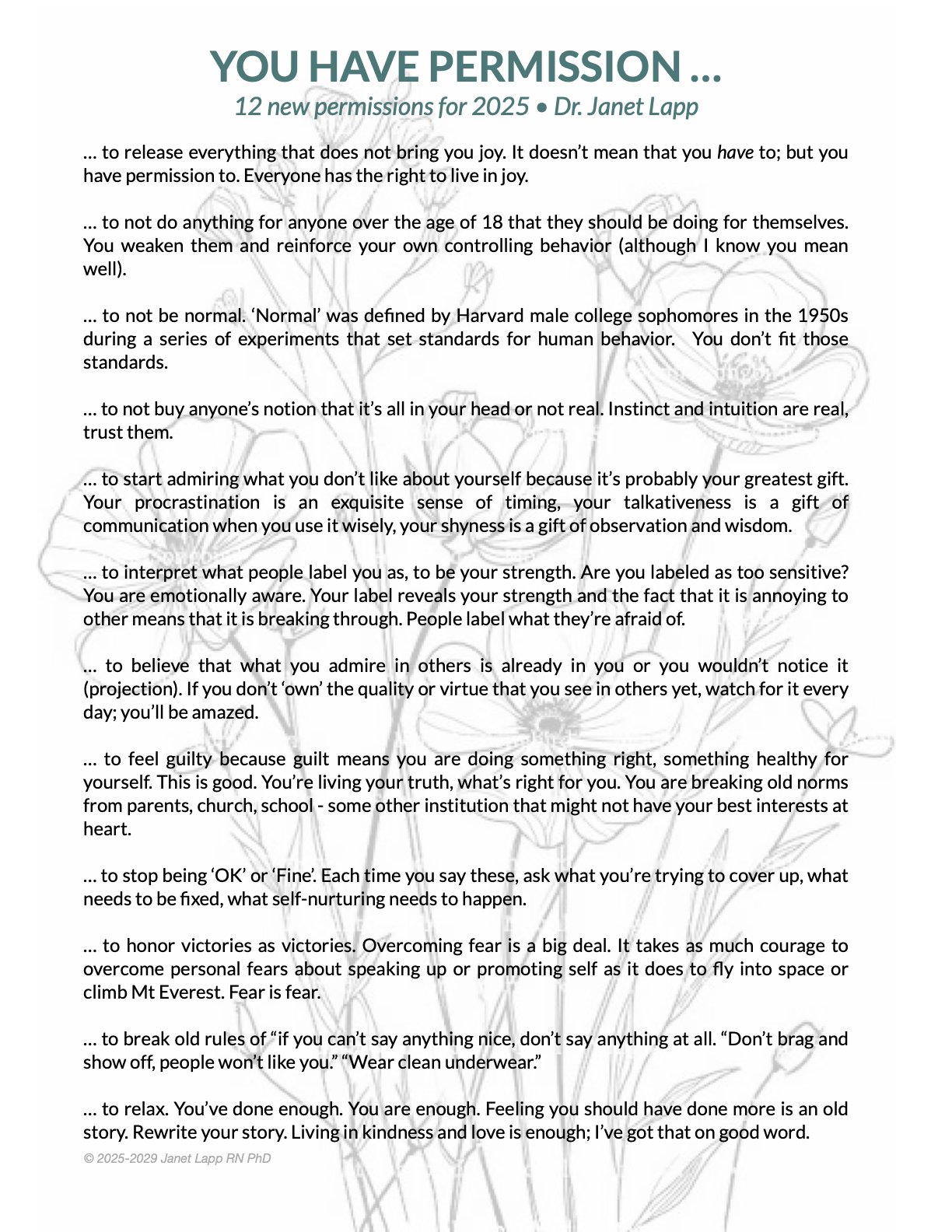Most change initiatives don’t fail because the strategy is wrong—they fail because the people asked to implement the change weren’t involved in creating it. We all know that: why aren’t more leaders doing it?
Top-down mandates look efficient, but they rarely inspire. They’re often met with confusion, resistance, or quiet disengagement.
By contrast, co-created change generates energy, alignment, and commitment. It turns passive compliance into active contribution.
Why Co-Creation Works
According to Hamilton (2024), “People don’t resist change—they resist being changed without input.” Involving employees doesn’t just improve outcomes. It shifts the emotional terrain:
Reduces fear and uncertainty
Restores a sense of agency
Builds commitment through inclusion
Breaks down silos by building trust
Even if employees don’t make the final call, being part of the process builds what psychologists call “psychological ownership.” And ownership drives action. When people help design the future, they’re more likely to champion it.
The Cost of Exclusion
Harvard professor John Kotter famously found that up to 70% of change efforts fail, largely because leaders:
Announce instead of ask
Roll out instead of listen
Define problems without consulting the people closest to them
Decisions made in boardrooms and handed down like commandments leave employees feeling like passengers, not pilots. The result? Creativity stalls. Engagement drops. Resistance grows.
4 Principles of Co-Created Change
1. Start with Listening, Not Launching
Before announcing a new direction, ask:
What’s not working today?
What ideas have you had that we haven’t explored?
What would success look like to you?
Capture themes. Reflect them back. Integrate what you hear.
You earn trust not by being right, but by being real—and by listening first.
2. Use Experiments, Not Edicts
Frame change as a pilot, not a policy. Invite people to test, learn, and adjust.
“We’re piloting a new meeting structure in two teams. If it improves engagement and reduces overload, we’ll expand it. Help us shape it.”
This lowers fear and invites creative ownership.
3. Appoint Change Shapers at Every Level
Form a network of trusted voices: volunteers, peer influencers, and informal leaders. These are your “change shapers.”
They help:
Gather ground-level feedback
Rally their teams
Make change feel peer-led, not top-down
4. Celebrate Adaptation, Not Just Adherence
Don’t just reward compliance. Recognize when someone:
Spots a flaw early
Improves a process
Advocates for something better
This sends a powerful signal: Change isn’t static. It’s alive.
One global firm facing the return-to-office debate didn’t dictate a solution. They asked:
What’s working in our current setup?
What’s missing?
What does your ideal week look like?
Cross-functional teams co-designed:
“Anchor” days for in-office collaboration
Home days for deep focus
Office layouts based on actual work needs
The result?
Higher engagement
Lower turnover
A hybrid policy employees felt they owned
Frame Change as a Partnership
Ditch the phrase “We’ve decided.” Instead, try:
“Here’s what we’re exploring—what are your thoughts?”
“This is the challenge. What would you do?”
“How might we...?”
That last phrase—“how might we”—is the gateway to collaborative leadership.
Team Questions
Where have we assumed instead of asked?
Who are the informal leaders we could invite into the process?
What small experiment could we run this month to co-design change?
You don’t need to “sell” people on what they’ve helped build.
Yes, co-creation takes more time upfront. But it saves time—and energy—later. Because people rarely resist what they helped shape.
When you invite voices from every level, you don’t just get better solutions.
You get belief.
You get momentum.
You get a movement.
To Every Leader Doing This Work…
If you're reading this, you're already on the path to more human, effective leadership.
Keep going. You're not just managing change.
You're modeling courage.
You're designing cultures people want to belong to.
References
Hamilton, D. (2024). How to get people to buy into change. Forbes.
Kotter, J. P. (2012). Leading change. Harvard Business Review Press.
Urban Land Institute. (2024). The new rules of inclusive change.
HBR Editors. (2023). Employees want a say in corporate decisions — and performance improves when they get it. Harvard Business Review. https://hbr.org
Briône, M. (2023). Co-creating organizational culture: Employee voice and the architecture of trust. Journal of Organizational Change Management, 36(1), 41–59. https://doi.org/10.1108/JOCM-11-2022-0361
Grant, A. (2021). Think again: The power of knowing what you don't know. Viking.


























